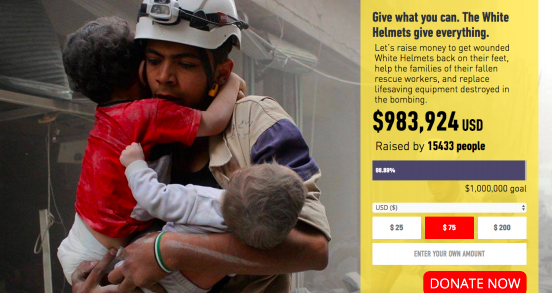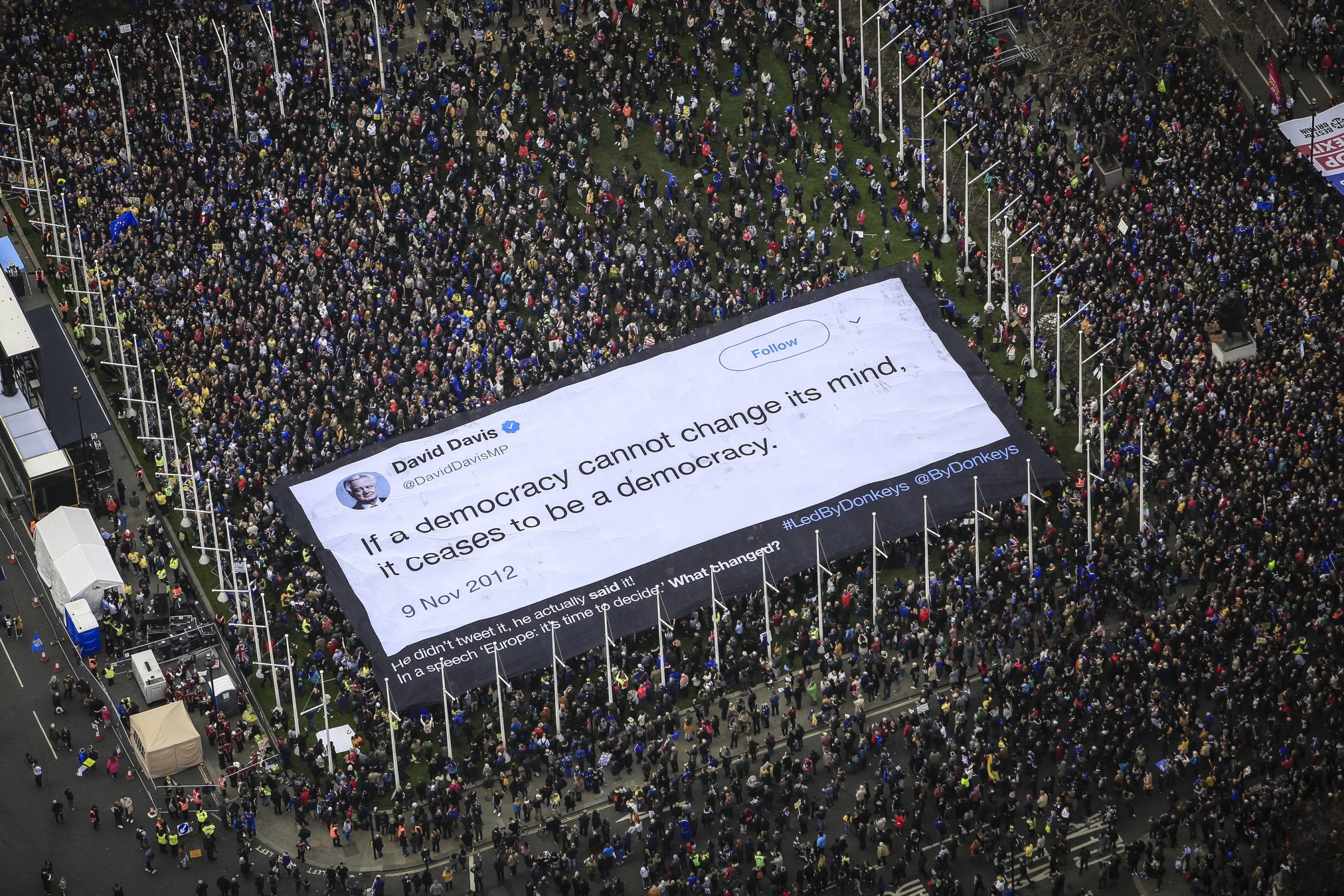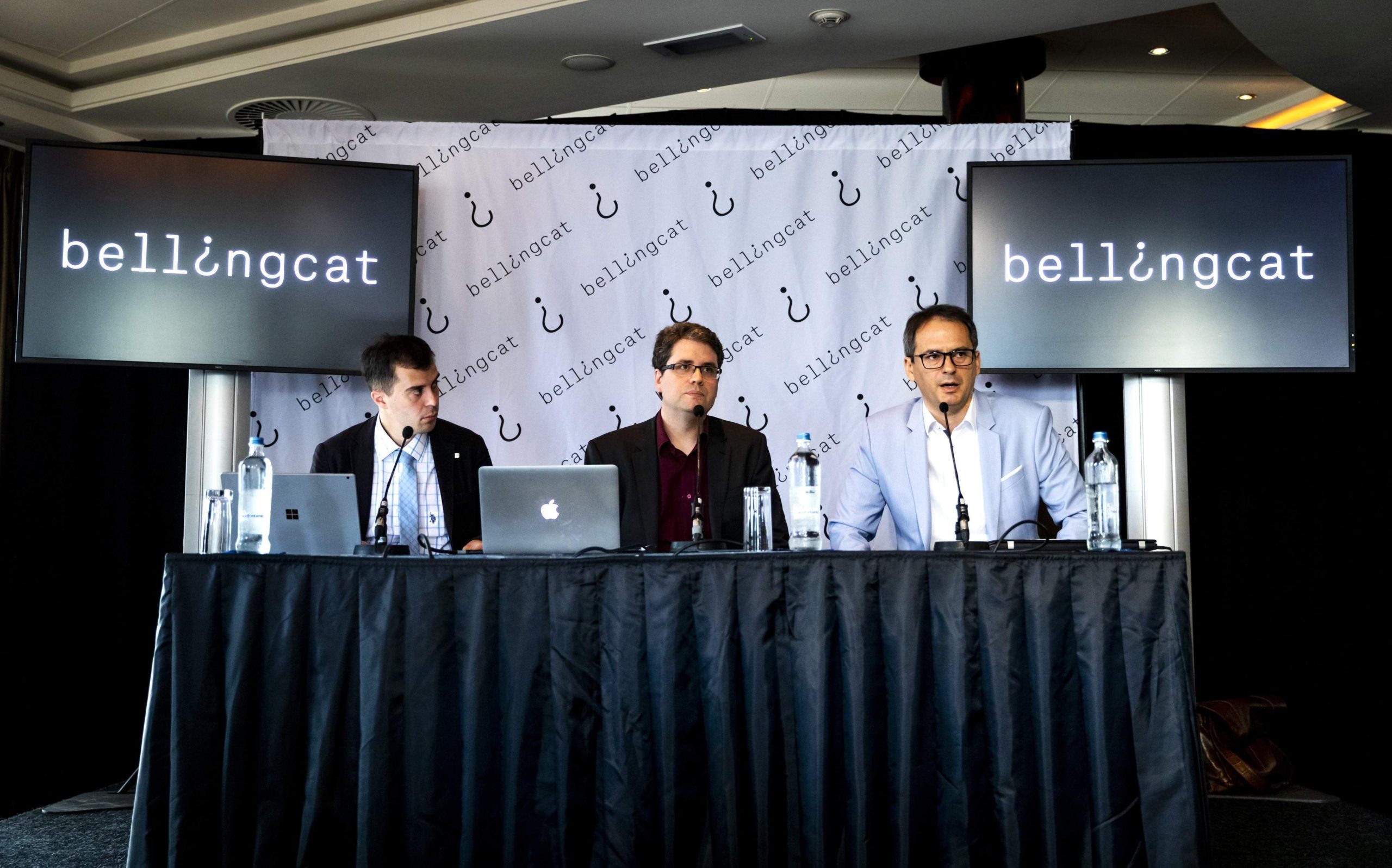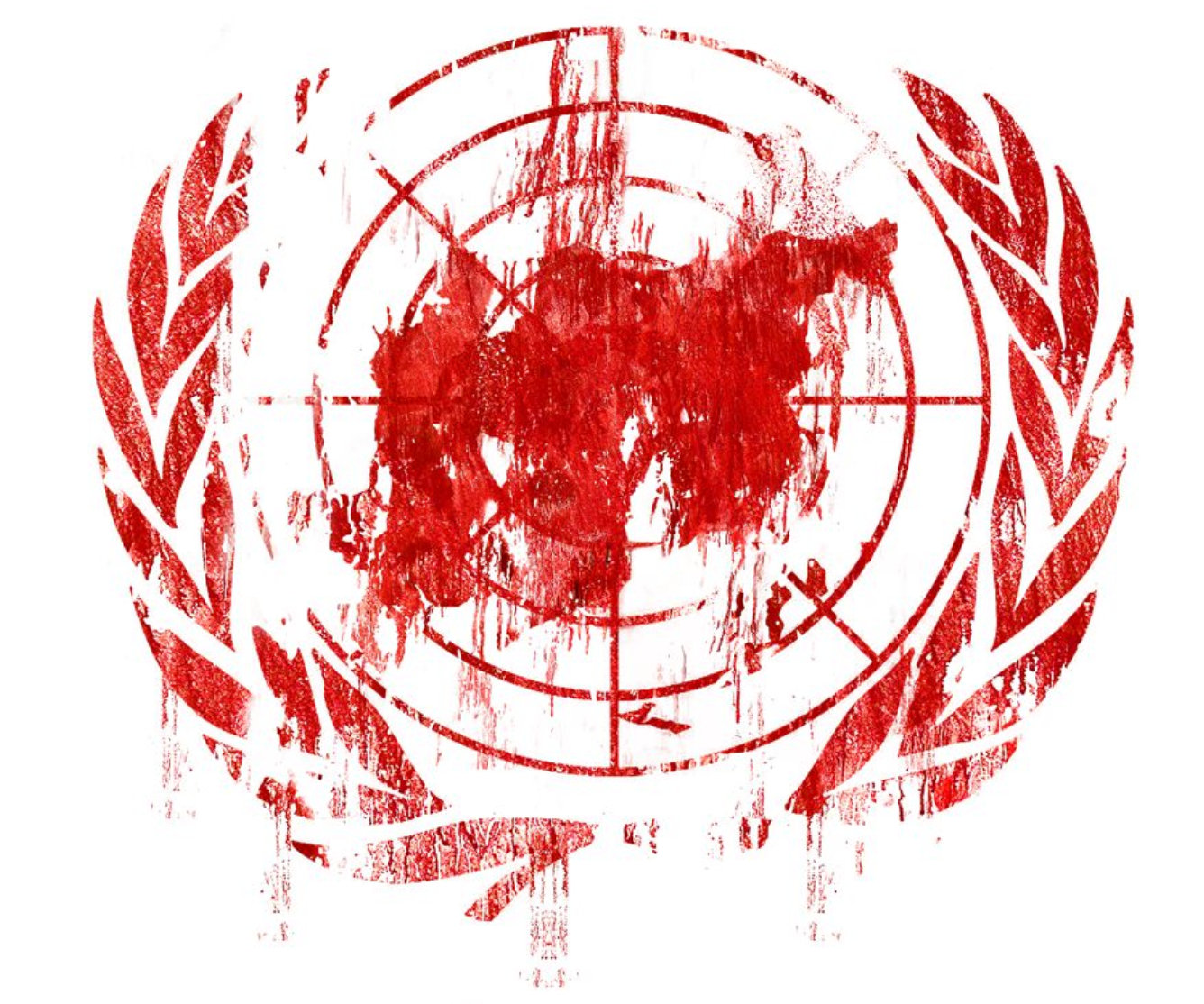Making the media
An image can help change public opinion, investigative journalism can bring down a corrupt system, and a headline repeated over many days or weeks can give politicians the momentum they need to make real change.
It’s very difficult to prove the impact of media coverage on government policy and practice but it’s safe to say that more coverage of a crisis or injustice puts pressure on decision-makers to act. Sustained media coverage keeps that pressure on them and holds them to account for their promises.
As Bernard Cohen said: “The mass media may not be successful much of the time in telling people what to think, but it is stunningly successful in telling its readers what to think about.”

What is news?
We must never forget that a journalist’s job is to report the facts with accuracy, impartiality, and fairness. It is not to cover campaigns or bring about change in the world. C. P. Scott, editor of the Manchester Guardian, which went on to become the Guardian, wrote: “A newspaper’s primary office is the gathering of news. At the peril of its soul it must see that the supply is not tainted.”
In order to get coverage for your campaign, you must therefore do something newsworthy—organise an event, provide information, say something important, tell a story.
News is determined by editors and journalists but also the audience. Increasingly, traditional media outlets are being led by readership figures, which helps them decide what issues are the most popular.
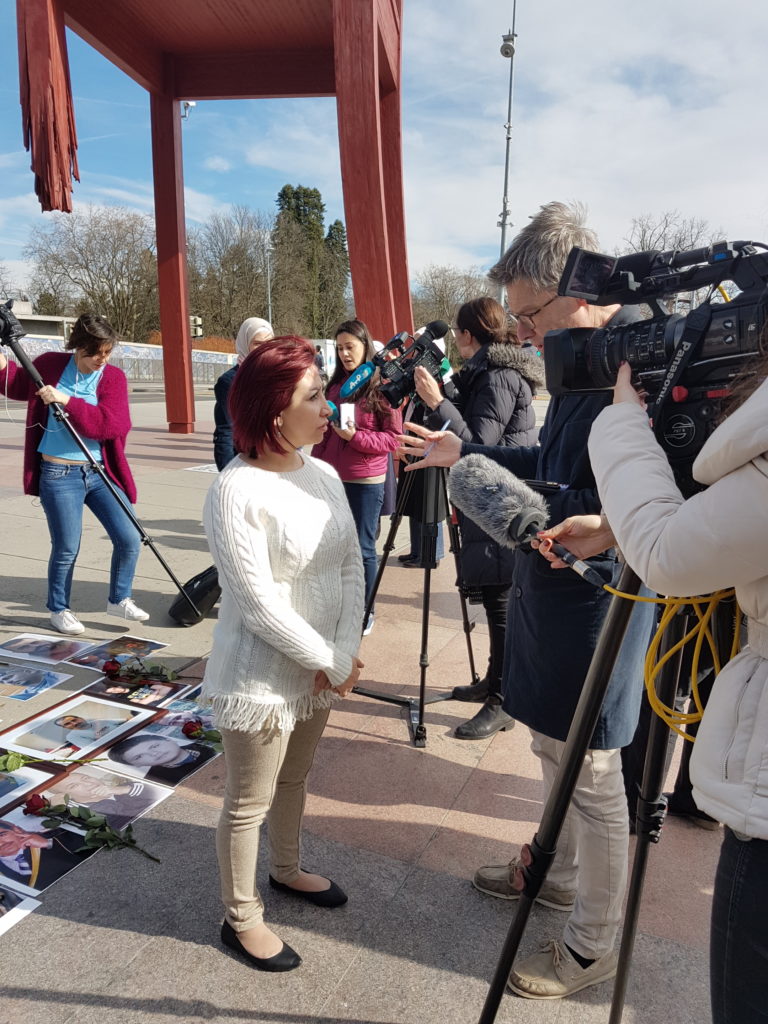
The essence of a news story
Most stories follow Galtung and Ruge’s list of famous news values, summarised by Owen Spencer-Thomas and further condensed here:
Impact
- The bigger the impact a story has, the more people it affects
- Events that occur suddenly and fit well with the media’s schedule are more likely to be reported than longer term (and slower) changes in society
- Bad news stories are more likely to be reported than good news ones
- Out of the ordinary is of greater news value than an everyday occurrence
- Events that are easy to understand often have greater impact than more complex ones
Audience identification
- People are interested in people. Keep them at the heart of your stories
- The audience must identify with the topic
- Stories about global powers receive more attention than those dealing with less influential nations
- The media pay attention to the rich, powerful, famous, and infamous
Pragmatics of media coverage
- Stories that match the media’s expectations receive more coverage than those that contradict them. The media is more likely to report on an item that they are prepared for
- A story that is already in the news gathers a kind of momentum—the running story.
- Stories must compete with one another for space in the media. For instance, editors may seek to provide a balance of different types of coverage.

Not all media is equal
The credibility and audience of an outlet matters. Some outlets adhere to a code of conduct and are held to account by an ombudsman, some are state-owned, others are privately-owned.
People want to get their news from reliable sources, but also know that it is increasingly difficult to do so online, with so many publications competing for readers. In 2019, Reuters found that 55% of audiences from 38 sampled countries were concerned about disinformation. In the UK, 70% of audiences worry about the trustworthiness of news. In the US, 41% of audiences verify information by checking multiple sources first.

Different audiences use different outlets and consume news differently. Know who you’re trying to reach and what they watch, read, and browse. Think about the best outlets to reach your audience, and ask what that outlet needs to cover your campaign. Then, target them with specific information or stories.
It’s not always about the numbers reached. Is there a group of people that are particularly important to reach for your campaign? If so – an article that reaches the most popular newspaper for that audience might be far more valuable than one that has a much bigger, but more general, audience. For example: if you want to influence government policy, what are the key newspapers read by most politicians (and in particular, by politicians from the party in power)?
Disinformation has plagued journalists for centuries and can impact campaigning organisations too. If you find yourself attacked by bots, trolls, or biased reporting, it’s not always wise to try and address every false allegation with facts. First, assess what damage it is really doing—more often than not, the lies stay firmly on the fringes and by addressing them, you risk bringing more attention to them. Occasionally false information can seep into the mainstream, then you can consider exposing the disinformation machine for what it is.

Case study
‘Killing the Truth’ Report
Campaigns making the media
Before you start writing that press release, think about what your target outlets really need. Here’s a list of options to choose from:
- A brief update on the situation with new information, statistics, and a couple of quotes
- A photo story for print or broadcast
- Feature ideas with contacts ready to share.
- An open letter
- A letter to the editor
- A background briefing (by phone or face-to-face) from an expert or affected person
- An exclusive piece of footage or interview
- An idea for a piece of investigative journalism
- New information, which may be off-the-record
- A new statistic
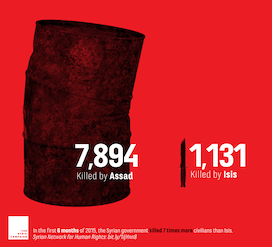
Case study
Who is killing civilians in Syria?
A reactive quote to an announcement or sudden event
Media top tips
- Be timely—a news story may only last an hour or a day
- Make an argument and back it up with evidence, as campaigners we should have opinions
- It’s always people that matter. Don’t get bogged down with “issues”—remember what the issue means for human beings
- Talk to journalists and listen to what they want and need.

